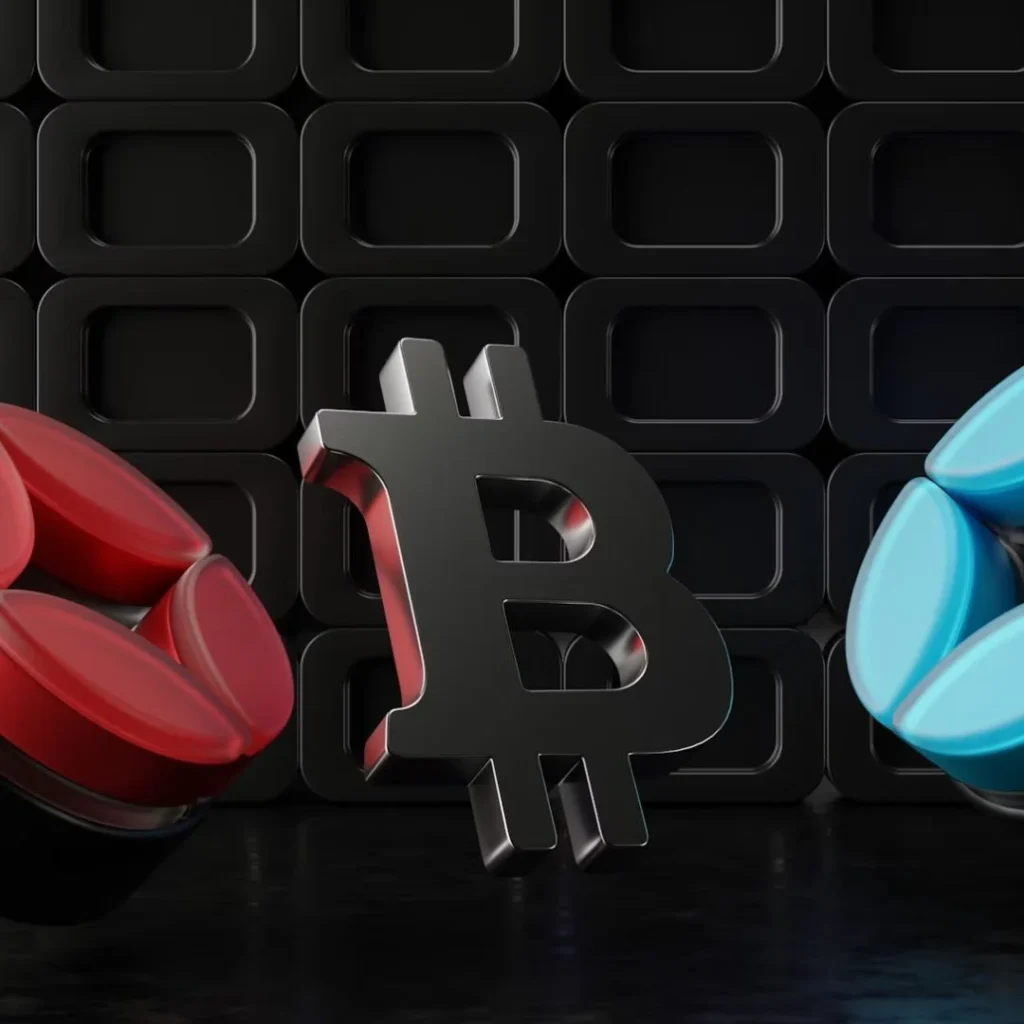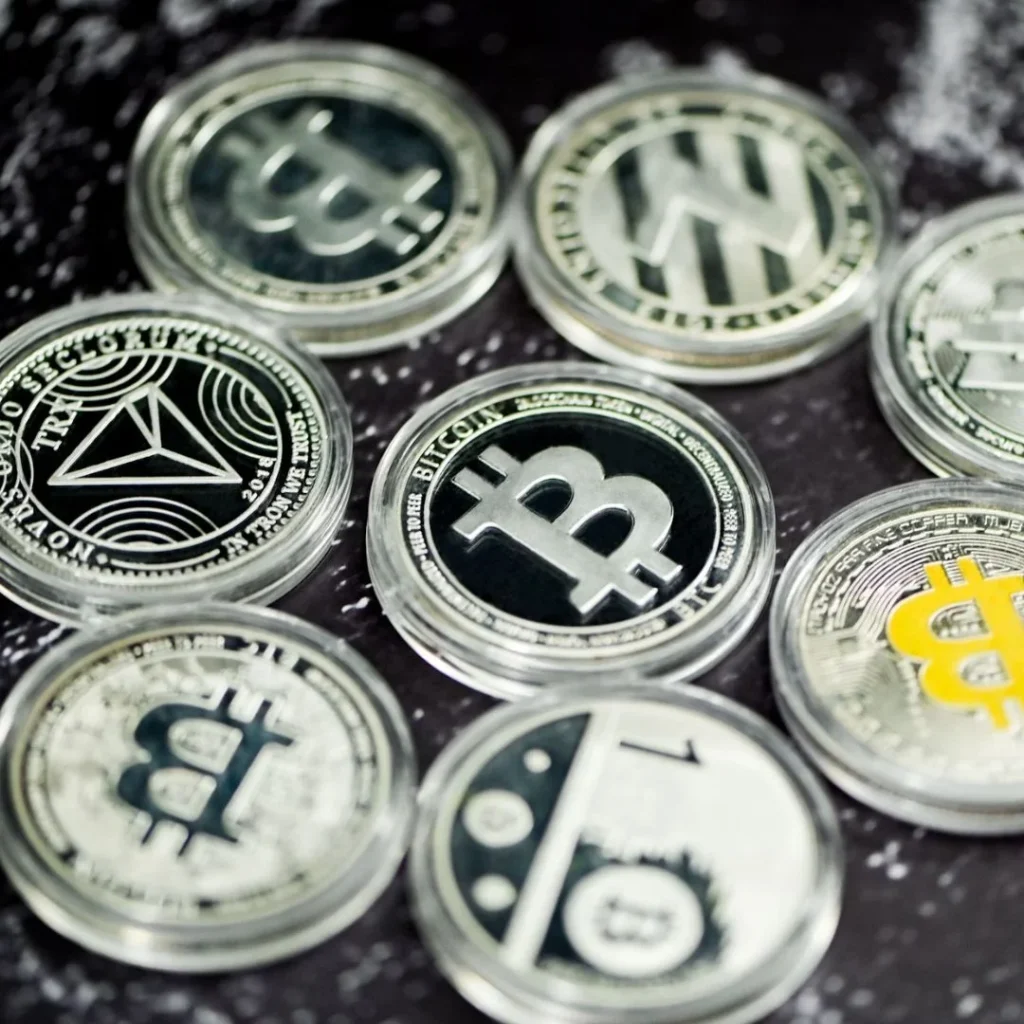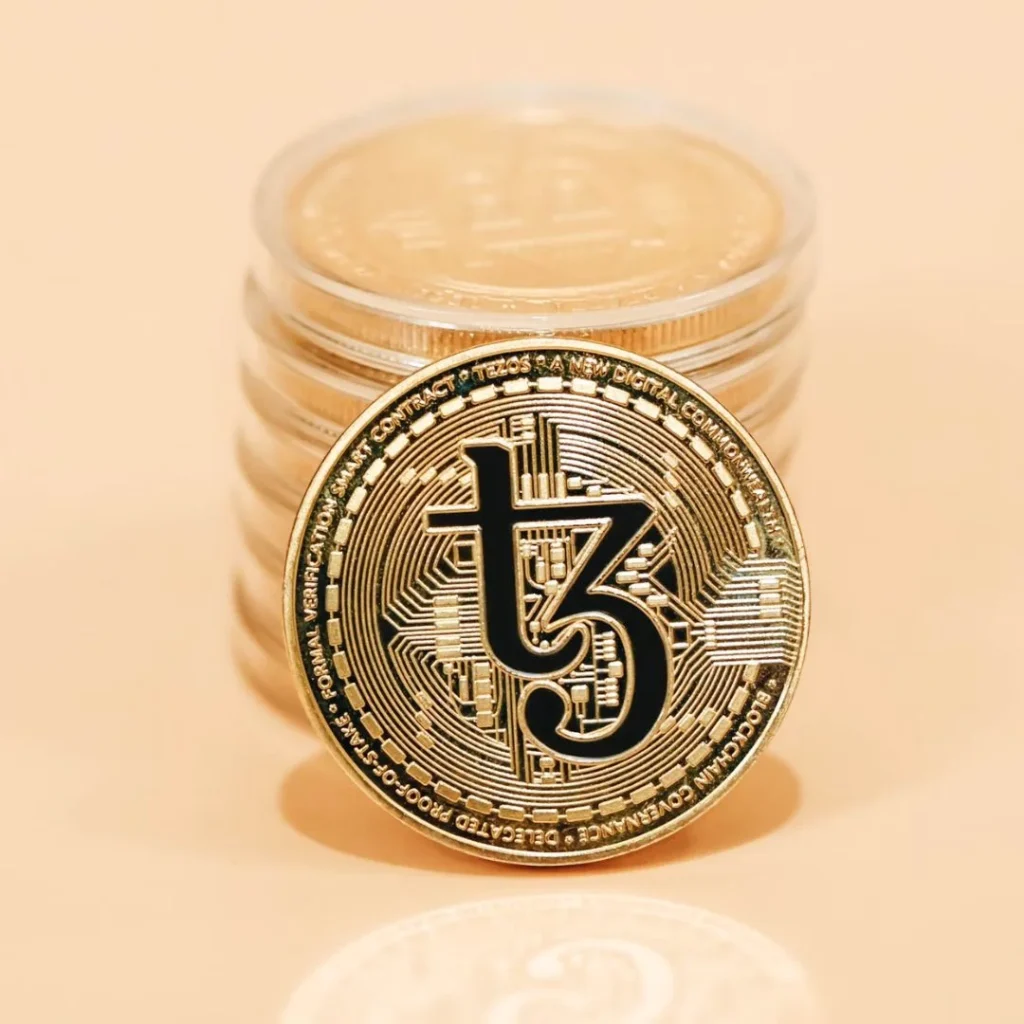
Table of Contents
What Are Avalanches Three Blockchains? A Detailed Guide

What Are Avalanches Three Blockchains ? A Detailed Guide
Blockchain technology has revolutionized industries worldwide, and Avalanche is at the forefront of this innovation. Unlike most blockchain platforms, Avalanche operates on three blockchains instead of one. But why? What advantages does this bring?
This article will explore the three blockchains of Avalanche—X-Chain, C-Chain, and P-Chain—detailing their purpose, functionality, and how they contribute to Avalanche’s ecosystem.
Understanding Avalanche: A Quick Overview
What is Avalanche?
Avalanche is a decentralized blockchain platform designed for speed, scalability, and security. It was created by Ava Labs and launched in 2020 to address the inefficiencies of traditional blockchain networks.
How It Differs from Other Blockchains
Most blockchain networks, like Ethereum and Bitcoin, operate on a single-chain model. Avalanche, however, utilizes three separate blockchains to distribute tasks efficiently, ensuring high performance and scalability.
Understanding Avalanche: A Quick Overview
What is Avalanche?
Avalanche is a decentralized blockchain platform designed for speed, scalability, and security. It was created by Ava Labs and launched in 2020 to address the inefficiencies of traditional blockchain networks.
How It Differs from Other Blockchains
Most blockchain networks, like Ethereum and Bitcoin, operate on a single-chain model. Avalanche, however, utilizes three separate blockchains to distribute tasks efficiently, ensuring high performance and scalability.

The Three Avalanche Blockchains Explained
Unlike Ethereum, which handles everything on a single chain, Avalanche divides its workload among three specialized blockchains:
1. X-Chain (Exchange Chain)
Role: The X-Chain is responsible for creating and exchanging digital assets, including the AVAX token.
- Works as a decentralized exchange for Avalanche-based assets.
- Uses the Avalanche consensus protocol to ensure fast transactions.
- Transactions are cheap, fast, and optimized for asset transfers.
How It Supports Token Transfers
When you send AVAX or other tokens on Avalanche, they move through the X-Chain. However, the X-Chain is not used for smart contracts—this is where the C-Chain comes in.
2. C-Chain (Contract Chain)
Role: The C-Chain is where smart contracts and decentralized applications (dApps) are built and executed.
- Fully compatible with Ethereum’s Solidity programming language.
- Uses the Ethereum Virtual Machine (EVM), allowing easy migration from Ethereum.
- Supports DeFi applications, NFT platforms, and enterprise solutions.
Ethereum Compatibility
Since the C-Chain runs on an Ethereum-compatible framework, developers can seamlessly port their Ethereum-based applications to Avalanche without making major changes.

What Are Avalanches Three Blockchains ? A Detailed Guide
Role: The P-Chain coordinates Avalanche’s validators and enables the creation of subnets.
- Manages staking, validation, and subnet creation.
- Allows users to create custom blockchain networks within Avalanche.
- Ensures security and governance of the Avalanche ecosystem.
Creating and Managing Subnets
A subnet is a custom blockchain that runs within Avalanche, offering enterprises and developers the ability to launch specialized blockchains with unique rules and governance.
Why Does Avalanche Have Three Blockchains?
Avalanche’s three-blockchain model solves many of the problems associated with traditional blockchains:
- Scalability: Avalanche can process up to 4,500 transactions per second.
- Efficiency: Separating tasks across different chains prevents network congestion.
- Security: Each blockchain has a dedicated function, reducing vulnerabilities.
How the Three Avalanche Blockchains Work Together
The X-Chain, C-Chain, and P-Chain are interoperable, meaning they can communicate and exchange information efficiently.
For example:
- You buy AVAX on the X-Chain.
- You move AVAX to the C-Chain to interact with a DeFi app.
- You stake AVAX on the P-Chain to become a network validator.
This division of labor ensures that Avalanche remains fast, scalable, and secure.

Benefits of Avalanche’s Three-Blockchain System
- High Transaction Speeds: Faster than Ethereum and Bitcoin.
- Low Fees and Scalability: Efficient transaction processing prevents high gas fees.
- Decentralization and Security: The network remains secure while allowing innovation.
Use Cases of Avalanche’s Blockchain Ecosystem
Avalanche’s multi-chain architecture supports various industries:
- DeFi: Yield farming, decentralized exchanges, and lending platforms.
- NFT Marketplaces: Platforms like Kalao and NFTrade use Avalanche for NFT trading.
- Enterprise Applications: Companies can create private subnets tailored to their needs.
What Are Avalanches Three Blockchains ? A Detailed Guide
Ethereum vs. Avalanche
- Avalanche processes transactions in under a second, while Ethereum can take minutes.
- Avalanche fees are lower than Ethereum gas fees.
Solana vs. Avalanche
- Solana relies on a single-chain model, while Avalanche distributes workload across three chains.
- Avalanche has better decentralization than Solana, which has faced network outages.

Challenges and Limitations of Avalanche’s Three Blockchains
While Avalanche is highly efficient, it faces some challenges:
- Network Congestion: High demand can occasionally slow down transactions.
- Security Risks: Any blockchain is vulnerable to attacks if not properly secured.
What Are Avalanches Three Blockchains ? A Detailed Guide
Avalanche’s three-blockchain model is a game-changer in the crypto space. By dividing tasks among the X-Chain, C-Chain, and P-Chain, Avalanche ensures high performance, scalability, and security. Whether you’re a developer, trader, or investor, Avalanche offers a robust ecosystem for blockchain applications.
FAQs
- What makes Avalanche different from Ethereum?
Avalanche is faster, cheaper, and more scalable than Ethereum. - Can I use Avalanche for DeFi applications?
Yes, many DeFi apps run on Avalanche’s C-Chain. - How does Avalanche ensure security across its three blockchains?
By using a unique consensus mechanism and a distributed validation process. - What is the role of AVAX tokens in Avalanche’s ecosystem?
AVAX is used for transactions, staking, and governance. - Is Avalanche a good alternative to Ethereum?
Yes, especially for users looking for lower fees and higher speeds.





Comments (1)
What Are Avalanches 3 Blockchains ? A Comprehensive Guidesays:
March 29, 2025 at 10:41 pm[…] What Are Avalanches 3 Blockchains ? A Comprehensive Guide […]